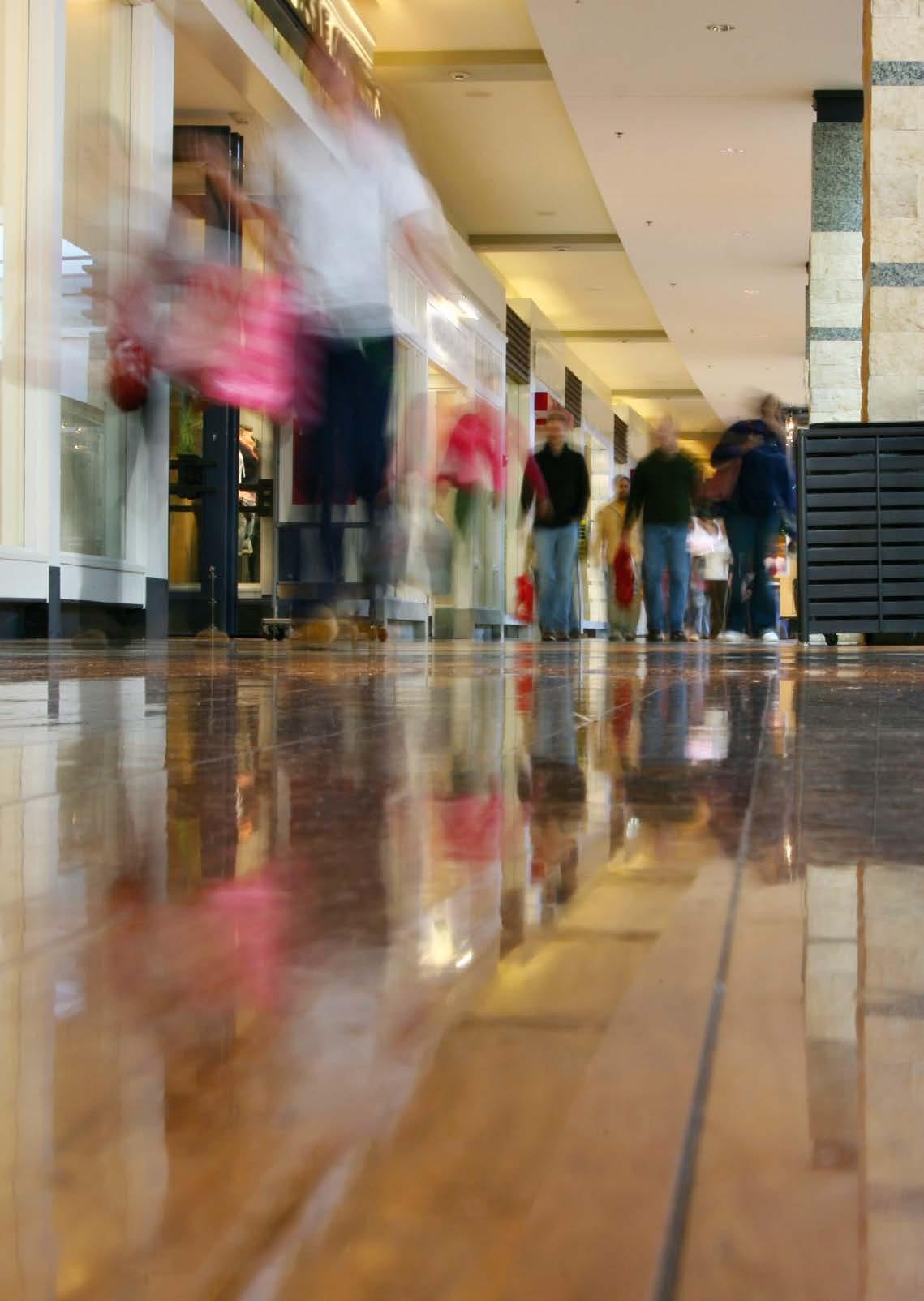
4 minute read
Join the corners of the frame using an
Masterclass:
next issue
Advertisement
Textiles come in a huge variety of forms – from simple cross stitches and clothing to complex embroideries and lacework, and from feltwork and patchwork to tapestries and prints on fabric. Materials used include open weave aida cloth and burlap through to fine silks and linen, and many textiles also incorporate surface embellishments such as beads and ribbons.
This diversity presents framers with a number of technical challenges as different forms of needlework will require a different framing solution. The items need supporting and may require ‘squaring up’ using methods that can be removed without harming the original piece of work. Conservation framing materials and techniques, particularly where historic textiles are concerned, should also be used.
In issue 11, Mal will take you step by step through the process of framing an antique sampler. His useful advice and handy tips will help you to offer your customers a professional and decorative framing solution for their textiles, and one that will also offer the best practice solution to prevent deterioration and conserving the item for posterity.
Selling
In Europe, we don’t like to talk to people; in fact 76% of shoppers never speak to a sales assistant when shopping. Good visual merchandising (or Silent Selling) is critical to a store’s success, says Eve Reid, merchandising expert from the Metamorphosis Group. Here she shares her top tips for helping your business create the right impression and boost your sales.
In today’s retail environment, image is everything. In business – as in life – it’s the image you portray that will get you noticed and ensure you are remembered. It’s important to convey the right persona if you are hoping to make a name for yourself and your business – even without the good old-fashioned art of conversation.
Visual merchandising is not just about making things look pretty; it’s about making sure that products sell. Done well, it is an incredible lever that can have an amazing impact on converting more of your visitors into customers, encouraging your customers to shop for longer, and increasing the amount that each customer spends.
Think 24/7
The pace of life is ever increasing and working hours are breaking from traditional norms. People want to eat and shop 24/7, so retailers need to provide something for customers both during standard trading hours and when the shutters are down.
New technology means there is a huge range of possibilities for customer interaction including touch screens, QR codes and digital signage; but please don’t underestimate the power of a good window display.

Linger for longer
Many retail stores tend to grow organically, which often means that the layouts become a little confusing. This is where space-planning really comes into play.
Your mission should be to create a layout that naturally guides your customers around the store, allowing even a first-time visitor to clearly see what you have to offer, and ensuring that the whole shop floor is used. Consider your customer’s journey; make it stimulating and enjoyable.
Make it easy for me to shop
Designing a store requires a certain set of skills – an eye for colour, scale and proportion and good spatial awareness to name but a few. As a framer, you’ll naturally hone these skills in your work. However, where most retailers go wrong is that they forget to think like a customer.
Customers are people. We all walk the same, move the same, turn our heads the same. In general, we all carry similar behaviours that impact on the way we shop. Spend some time observing how customers move around your store to see if there are any barriers to sales. Changing the height of a fixture, or moving a key product into an area with a little more room can make a big difference.
Push me, Pull me
There will be products that you’re known for, sometimes referred to as destination merchandise or ‘pull’ products. They will sell no matter where you place them (like milk in a supermarket). However, if placed cleverly, they will ensure customers walk through more of the store. The places within the store that have high levels of footfall passing them are called ‘hot spots’. Hot spots can be used to actively ‘push’ products of your choice. These may have a short shelf life, be seasonal or be overstocks. Generally they are the added extras you want or need to sell. You just need to ensure you are picking the right products, at the right time.
Think Impulsively
Most people will only buy what they feel they need, unless they are shown something they can’t live without. Remember that 50 per cent of retail purchases are unplanned. If that’s the case, what are you doing to tempt customers into spending impulsively? Till and service points are an ideal place to promote additional purchases. Just think, if you can get each and every customer to spend just £1 more, what would that do to your bottom line?




